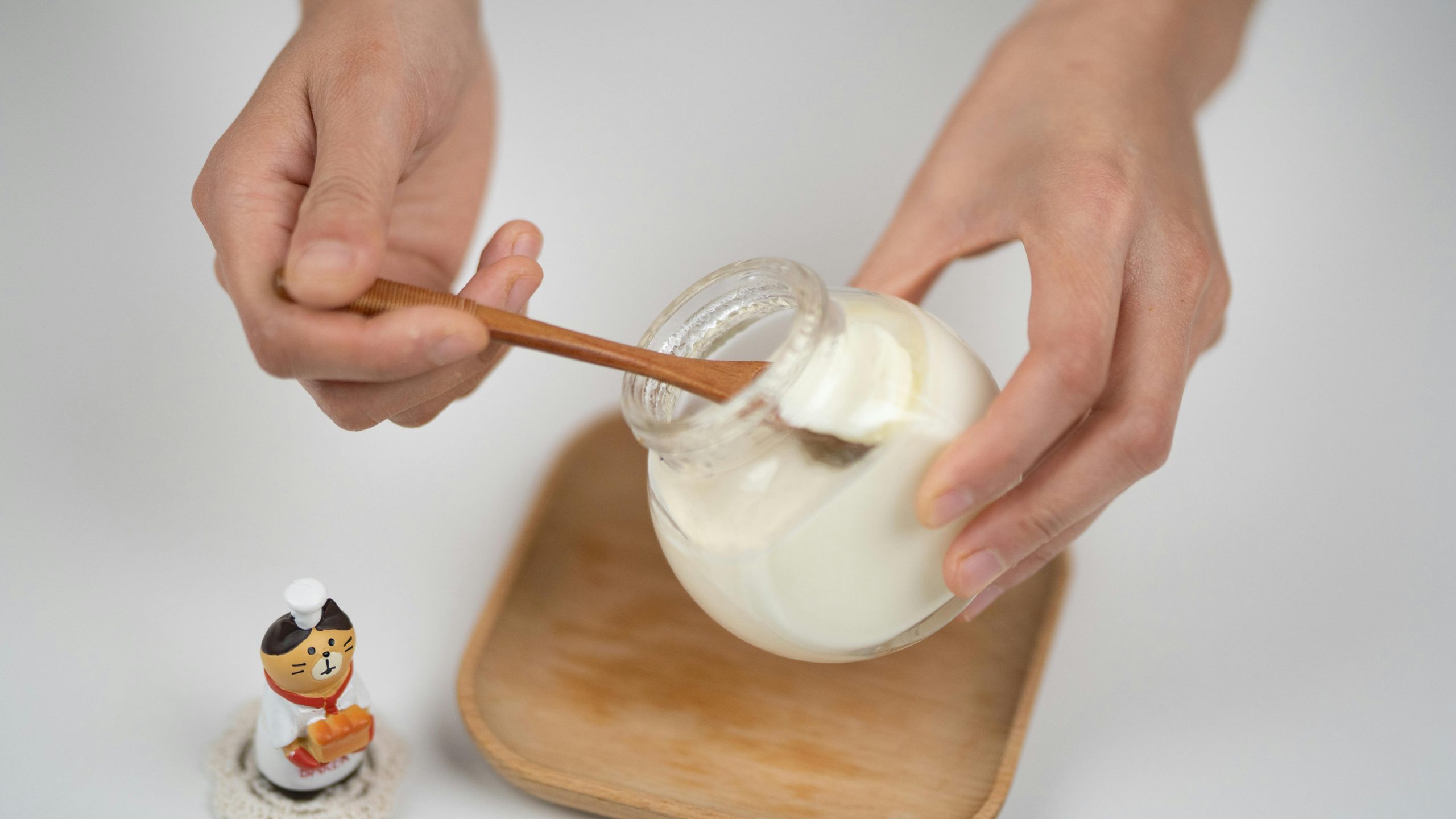How can I determine if my stainless steel pan is of good quality?
My mom received a stainless steel pan from a friend and passed it on to me since it’s too heavy for her to use. I’ve only used non-stick pans before, so I’m not sure what to look for with stainless steel. The pan doesn’t have a brand name, but it does say 18/10. It doesn’t mention if it’s layered. How can I assess its quality? And if it is a good one, which types of foods will I notice a significant difference with compared to my usual non-stick pans?

Leave a Reply
You must be logged in to post a comment.